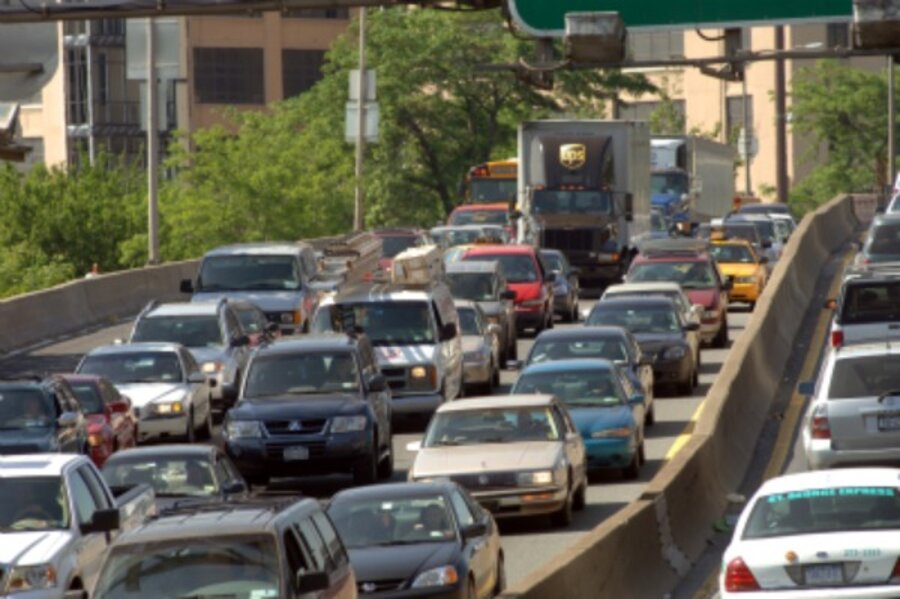What’s the best way to modernize our transportation?
Loading...
High-speed rail is a big part of the answer
During the Great Depression, businesses and governments agreed that transportation modernization was essential to restoring prosperity. The 1930s saw the emergence of the freeway (the first one opening in Los Angeles in 1940) and the airport as important modes of transportation. Together with the National Interstate and Defense Highways Act of 1956, these Depression Era investments helped produce the long postwar economic boom and brought widespread prosperity to the United States.
As we face another dire economic crisis, we have a similar need for modernization and economic recovery. When gas prices soared in 2008, it helped push the unstable economy over the edge. Even in the depths of the worst recession in 60 years, gas prices remain at 2006 levels. Analysts such as those at Deutsche Bank predict that oil prices will rise again once job growth returns, threatening to strangle a recovery in its infancy.
High-speed rail will not only stimulate the economy during construction, but it will reduce our dependence on foreign oil, helping our economy to avoid future oil price shocks. It will also tie together the economies of mid-sized urban areas to the economies of large metropolitan cities through increased accessibility.
ONE MINUTE DEBATE: Should America's illegal immigrants be offered legal status?
High-speed rail will do for us what the Interstate did. It will increase access and stimulate economic activity at a transformative level. All over the world, industrialized countries have already invested heavily in high-speed rail and are continuing to expand existing networks to modernize their transportation systems. There is little debate around the world about the benefits of high-speed rail. It is time we step up to assure the environmental and economic prosperity of our future generations in these United States.
– Robert Cruickshank, chairman; and Daniel Krause, cofounder, Californians For High Speed Rail
Get smarter about mobility and make users pay
Across the country, needed infrastructure projects are bogged down by politics and a system that prioritizes pork over mobility. But we need a 21st-century transportation system and here are several ways to get there:
•Rethink the federal role in transportation to focus federal gas-tax money on highway projects that deliver the largest benefits to mobility and congestion relief. Taxpayers have lost confidence in transportation spending because they’ve seen too many “Bridges to Nowhere” built while their own commutes get longer.
•Tap private capital and public-private partnerships to finance highway improvements. President Obama has smartly promoted a National Infrastructure Bank. If it is set up to leverage private investments in megaprojects that will deliver the highest benefit-cost ratios, America’s mobility will be greatly enhanced.
•Make greater use of congestion pricing, high-occupancy toll lanes, toll roads, and truck-only lanes that charge drivers and truckers the full cost of the transportation services they use.
•Reduce waste. Reason Foundation’s Annual Highway Report finds states spend millions on bureaucratic costs, money that never reaches roads. California spends $93,464 in administrative costs per mile of state road.
•Ignore gimmicks like high-speed rail. America’s so-called high-speed trains won’t be high-speed at all compared with those in Asia and Europe and won’t reduce our “dependence” on cars. Trains will, however, require massive subsidies that worsen state and federal budget deficits.
Infrastructure for trains, planes, and cars should be self-supporting. The nation will be on a better path when major projects are guided by benefit-cost ratios and users pay the full costs for the services they consume.
– Robert Poole, director of transportation policy, Reason Foundation





